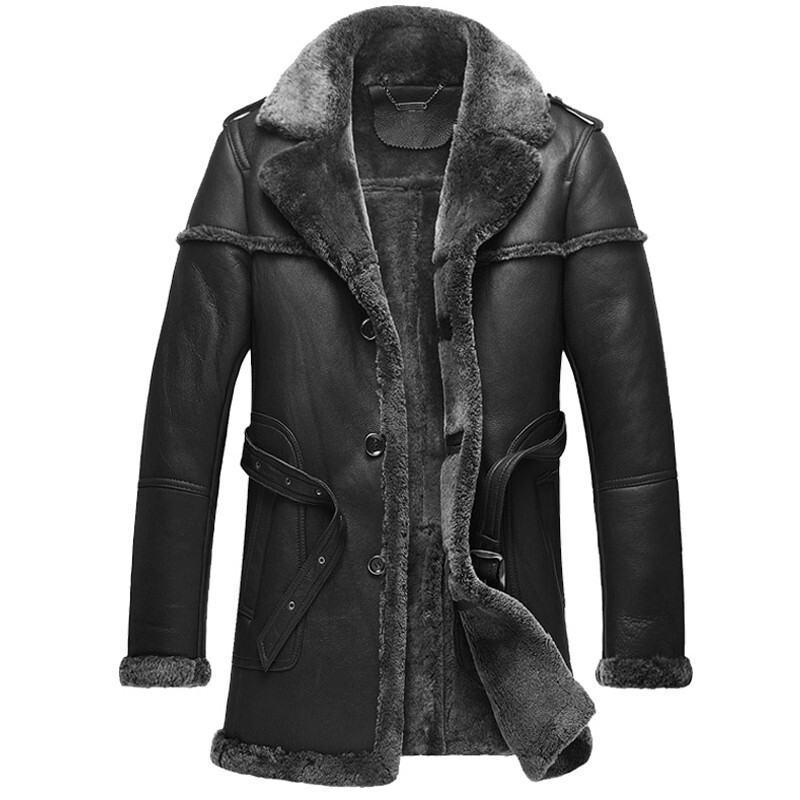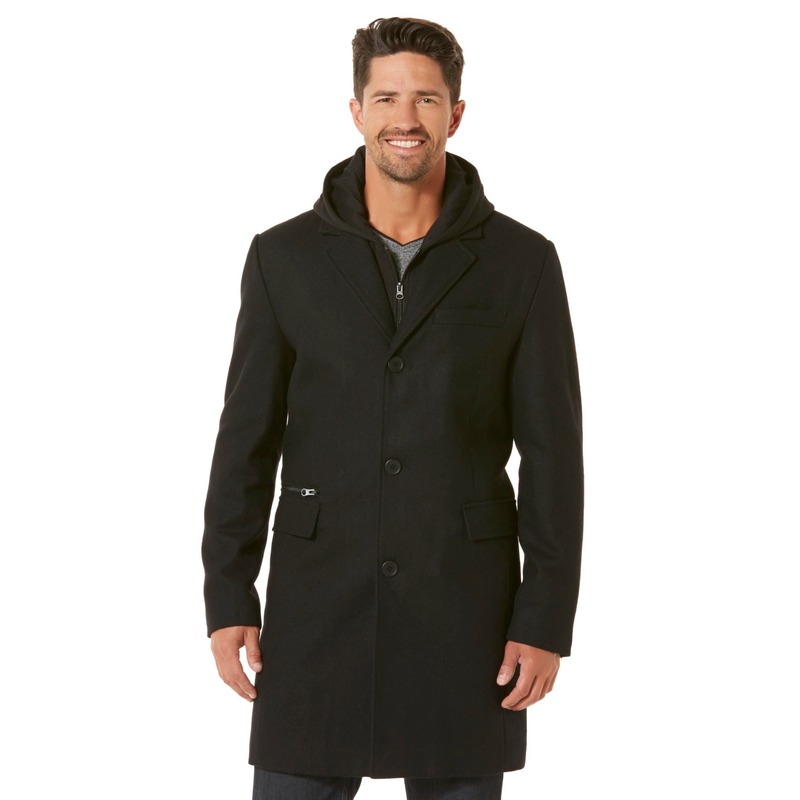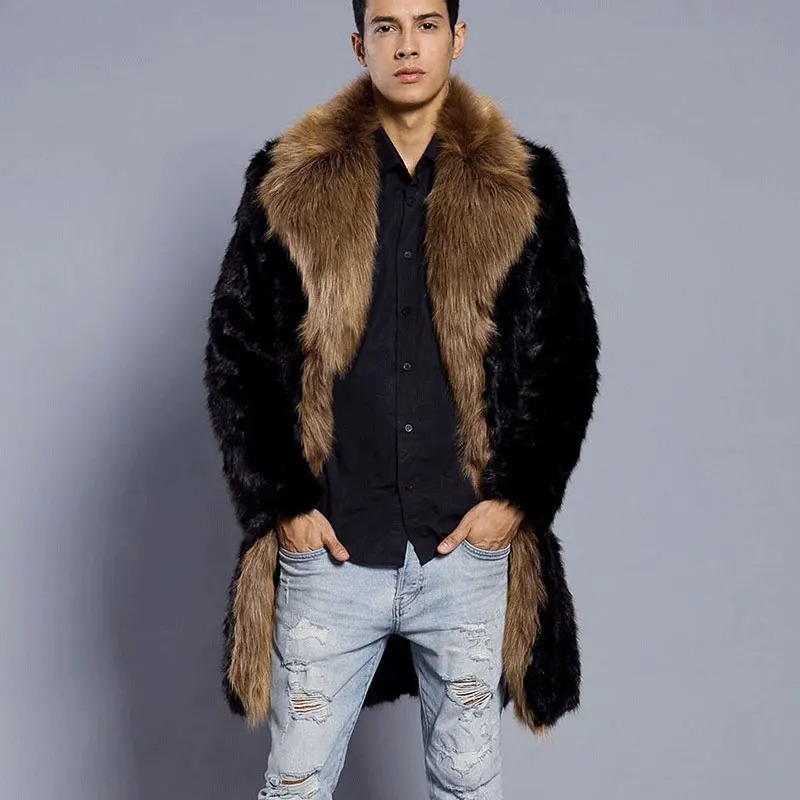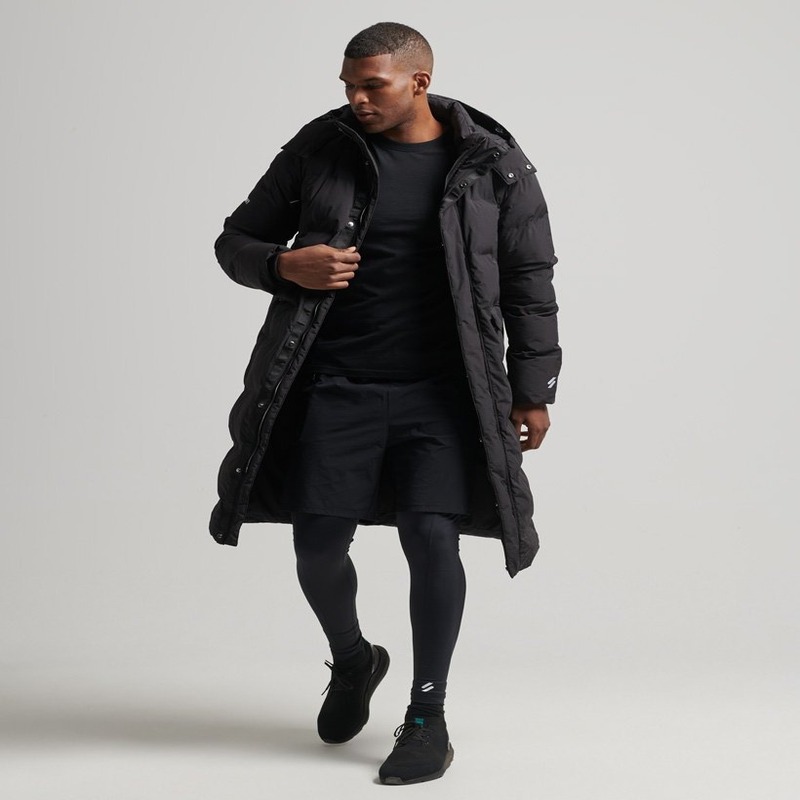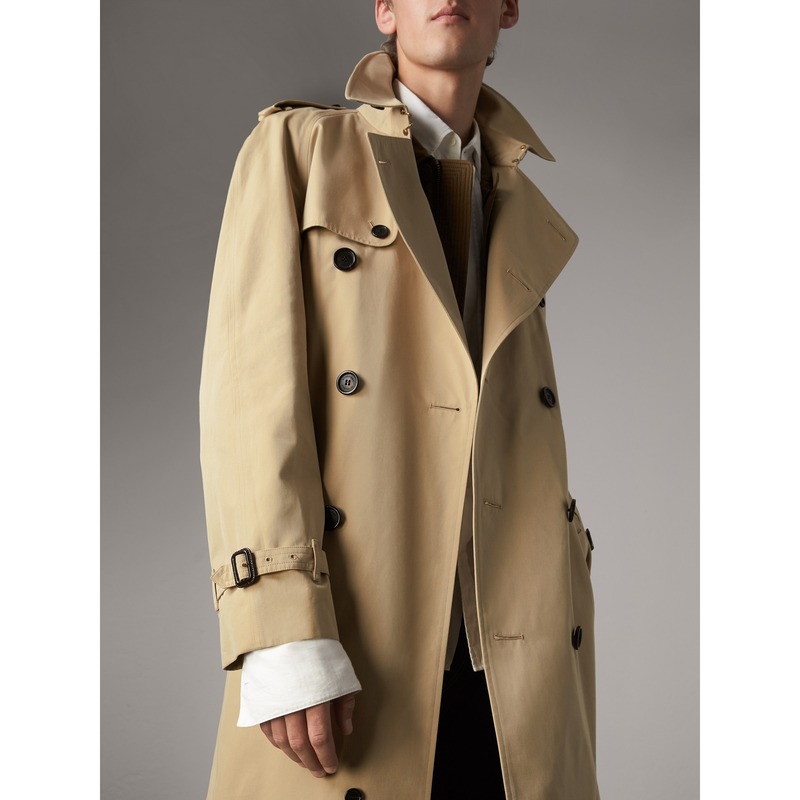
Choosing the Right Teddy Coat for Your Body Type
Choosing the right teddy coats can enhance your figure and ensure a snug fit. Here are tips for different body types.
Petite Figures
If you have a petite frame, opt for a cropped teddy coat. It can create the illusion of longer legs. Pick a coat with a cinched waist to define your figure.
Curvy Bodies
For curvy figures, choose a teddy coat with a structured look. Look for designs that offer waist belts or tailored seams. These features help showcase your curves.

Tall and Slim Silhouettes
Tall and slim individuals can go for longer teddy coats. These can emphasize their vertical lines and give a chic, slender look.
Plus-Size Shapes
A mid-length teddy coat is flattering for plus-size shapes. Ensure it skims the body, rather than clinging, for comfort and style.
Remember to try different styles until you find the perfect teddy coat for your body type. It’s all about feeling confident and comfortable in your stylish choice.
Mixing and Matching Textures with Teddy Coats
Combining different textures with your teddy coat can add depth and interest to an outfit. A teddy coat’s plush fabric pairs nicely with a variety of materials. Here’s how to mix and match effectively:
- Denim: The rustic texture of denim provides a striking contrast to the softness of the teddy coat. Wear it with your favorite jeans for a casual look.
- Leather: For an edgy vibe, pair your teddy coat with leather pants or a skirt. The mix of textures will give a dynamic feel to your style.
- Knitwear: Knitted sweaters or dresses complement the coziness of the teddy coat. Opt for a chunky knit for maximum comfort and warmth.
- Silk and Satin: For a touch of elegance, wear silky blouses or dresses under your teddy coat. The sleek material will slide smoothly under the coat, offering a luxurious feel.
- Corduroy: This textured fabric can hold its own against a teddy coat. Try corduroy pants or a skirt for a tactile combination.
- Velvet: Combine your teddy coat with velvet for an outfit perfect for evening events. It feels festive and looks sophisticated.
When mixing textures, keep the color palette cohesive to ensure your outfit looks put together. Play with different combinations to find what feels best for you and your unique teddy coat.
Color Coordination: Picking the Perfect Hue
Picking the perfect hue for your teddy coat is crucial for stylish looks. Color can affect mood and complement personal style. When choosing a teddy coat, consider these color coordination tips to make sure your coat enhances your outfit.
- Neutral Shades: Classic colors like black, brown, beige, and grey work with almost any outfit. These hues are versatile and timeless, making them ideal for those who prefer an understated style.
- Bold Colors: If you love making a statement, go for bright or unusual colors. Bold hues like red, blue, or green can turn your teddy coat into a standout piece.
- Pastels: Soft pastels such as pink, lavender, or baby blue are perfect for a gentle, feminine look. They pair well with light and airy fabrics.
- Monochrome: Matching your teddy coat color with the rest of your outfit creates a sleek, monochromatic effect. It’s a modern and sophisticated approach to styling.
- Complementary Colors: Use the color wheel to find shades that complement each other. Pairing complementary colors can make your overall appearance pop.
- Seasonal Colors: Consider season-specific colors. Autumn might call for warm tones like rust and mustard, while winter suits cooler hues like charcoal and navy.
Remember, the key is coordination. Ensure your teddy coat’s hue aligns with the rest of your wardrobe for seamless styling. Try different color combinations and find the palette that reflects your personality and style best.
Layering Essentials: How to Wear Your Teddy Coat
When it comes to layering with your teddy coat, the key is balancing comfort and style. Here are essential tips for layering that ensure you stay warm without sacrificing your look:
- Inner Layers: Start with a lightweight base, like a cotton turtleneck or a snug thermal shirt. These lay the foundation for warmth.
- Middle Layers: Add a sweater or a cardigan for extra insulation. Choose slim-fit designs to prevent bulkiness under the teddy coat.
- Outer Layer: The teddy coat itself should act as the final layer. Make sure it’s roomy enough to accommodate the layers beneath but still maintains a flattering silhouette.
- Proportion Balance: Keep your lower body sleek to balance the coat’s volume. Skinny jeans or leggings work well.
- Breathable Fabrics: Opt for breathable materials in your layers to avoid overheating.
- Adjustable Pieces: Wear items that are easy to remove or loosen. This way, you can stay comfortable indoors and outdoors.
By following these layering essentials, you will not only keep warm but also look effortlessly chic in your teddy coat. Remember, the right layering can elevate your teddy coat from a simple winter staple to a statement piece in your wardrobe.

Accessorizing Your Teddy Coat Outfit
Accessorizing your teddy coat can turn it into a versatile piece for many occasions. With the right accessories, your teddy coat can evolve from a comfy casual wear to an elegant evening choice. Here’s how to enhance your look:
- Scarves and Hats: A stylish scarf not only adds warmth but also introduces a pop of color or pattern. Pair it with a beanie or a fedora hat to keep your head toasty and fashionable.
- Bags: Choose a bag that complements your teddy coat. A structured leather handbag adds sophistication, while a crossbody bag keeps it casual and hands-free.
- Jewelry: Simple, elegant jewelry can lift the look of your teddy coat. Think minimalistic necklaces or a pair of statement earrings that won’t get lost in the coat’s texture.
- Belts: Cinch your teddy coat at the waist with a belt. This defines your shape and adds an element of structure to a potentially bulky outerwear.
- Gloves: Leather gloves or mittens in a matching or contrasting color can lend an extra dose of elegance to your outfit.
Remember, the key to accessorizing your teddy coats is not to overdo it. Choose pieces that speak to your personal style and enhance, rather than overshadow, your cozy teddy coat.
The Best Footwear to Pair with Teddy Coats
When creating a chic ensemble with your teddy coat, selecting the right footwear is essential. The perfect shoe choice can solidify your outfit’s style and enhance comfort. Here are some great options to consider:
- Ankle Boots: These versatile shoes are a fall and winter staple. They look great with a teddy coat and can be either flat for comfort or heeled for a dressier look.
- Sneakers: For a casual, street-style vibe, pair your teddy coat with a clean pair of sneakers. They’re comfortable and perfect for an on-the-go lifestyle.
- Over-the-Knee Boots: To elevate your outfit, opt for over-the-knee boots. They add drama and sophistication, perfect for balancing the teddy coat’s bulk.
- Flat Loafers: Loafers are a chic option that offers comfort and understated elegance. They work well with shorter teddy coats and provide a preppy touch.
- Heeled Pumps: For a polished look, heeled pumps can add a touch of glamour to your teddy coat outfit, especially for evening events.
- Chunky Boots: If you’re venturing out in colder weather, chunky boots can provide extra warmth and a trendy edge to your cozy attire.
Consider the occasion and your comfort when choosing your footwear. Your teddy coat pairs well with various shoe styles, allowing for flexibility in your fashion choices.
Occasions for Flaunting Your Teddy Coat
Teddy coats are not just for warmth; they’re a fashion statement too. Understanding when and where to sport your teddy coat will help you make the most of this versatile piece. Consider these occasions:
- Casual Outings: For everyday wear, style your teddy coat with jeans and sneakers. It’s ideal for coffee runs, shopping trips, or a casual walk.
- Work Settings: In a creative or casual workplace, a teddy coat can look professional. Pair it with tailored trousers and a blouse or a smart dress.
- Evening Events: Elevate your teddy coat for dinner dates or parties. Wear it over a dress with heeled boots for a touch of elegance.
- Weekend Getaways: A teddy coat is perfect for a cozy weekend trip. It’s easy to pack and works well with various outfits.
- Outdoor Adventures: If you’re heading out for a hike or a stroll in the park, a teddy coat will keep you snug and stylish.
- Family Gatherings: For a comfortable and chic look, wear your teddy coat to family brunches or gatherings. It pairs well with both casual and dressy attire.
Whatever the affair, your teddy coat can adapt to the environment and your style needs. Remember, confidence is key when flaunting any fashion item, so wear your teddy coat with pride at every occasion.

Caring for Your Teddy Coat: Maintenance Tips
Caring for your teddy coats ensures it stays soft and lasts longer. Use these simple maintenance tips:
- Regular Brushing: Gently brush your coat with a soft-bristled brush. This removes surface dust and keeps the fur fluffy.
- Spot Cleaning: Address spills immediately. Use a damp cloth to blot the stain, not rub, to avoid matting the fibers.
- Airing Out: After wearing, hang your teddy coat in an open space. It helps to dispel odors and refresh the fabric.
- Storage: Store your coat in a cool, dry place. Use a garment bag to protect from dust.
- Professional Cleaning: Sometimes, it’s best to leave it to the pros. A yearly professional clean can rejuvenate your coat.
- Avoid Heat: Keep your teddy coat away from direct heat sources. High heat can damage the material.
Following these tips can help your teddy coat remain a beloved wardrobe piece for seasons to come. Treat your coat with care, and it will continue to add elegance and warmth to your outfits.






 The History of the Frock Coat
The History of the Frock Coat





